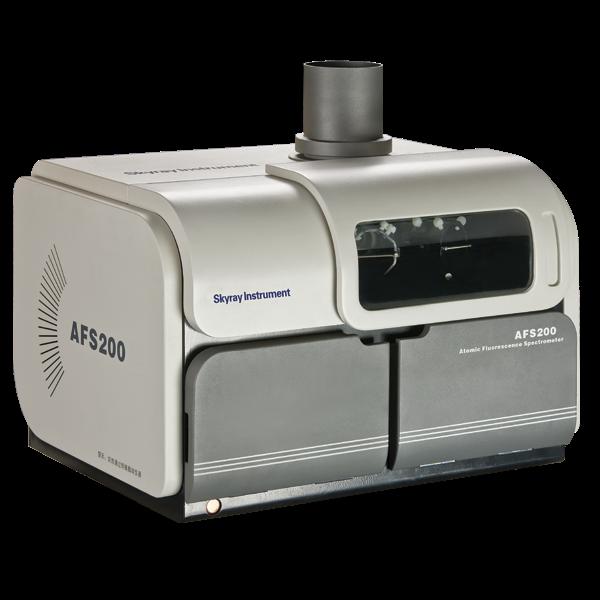
1
Foreword
Cadmium is a soft, white metal that has a silvery or slightly blue luster at room temperature. It is known for its unique properties and is often used in various industrial applications. However, cadmium is also a heavy metal that poses serious environmental and health risks.
Since the beginning of the 21st century, the production and use of cadmium have increased significantly. Globally, about ten thousand tons of cadmium are released into the environment each year, with 82% to 94% ending up in the soil. This contamination has a direct impact on agricultural products, especially rice.
Rice has a unique ability to absorb specific substances from the soil, and it is more effective at adsorbing cadmium than other crops like corn or soybeans. As a result, cadmium contamination in rice is a major concern. In China, there have been numerous reports about heavy metal pollution, including cadmium, in the soil.
In the mid-2000s, studies in a southern province found that over 71.69% of rice samples exceeded safe cadmium levels due to irrigation with contaminated water. A survey conducted between 2005 and 2009 in the same region revealed that 64.4% of food samples had detectable cadmium, with an over-standard rate of 7.3%. These findings highlight the widespread nature of cadmium pollution in certain areas.
Excessive exposure to cadmium can lead to severe health issues, particularly affecting the kidneys and bones. It can cause a condition known as "bone pain," which results in kidney failure and disrupts the absorption of essential trace elements such as zinc. This makes cadmium one of the most dangerous heavy metals in terms of human health.
2 Experimental Part
2.1 Reagents
(1) Hydrochloric acid: (extra pure grade, 36%, Ï=1.19g/ml).
(2) Nitric acid: (extra pure grade, 65%, Ï=1.42 g/ml).
(3) Perchloric acid: (extra pure grade, 72%, Ï=1.67 g/ml).
(4) 0.1% special reagent for cadmium analysis.
Weigh 0.1g of the special reagent for cadmium analysis and dissolve it in 100ml of ultra-pure water in a beaker. Stir until fully dissolved and set aside for use.
2.2 Instruments Used
(1) Two-channel atomic fluorescence spectrometer (AFS200T), cadmium hollow cathode lamp;
(2) Hot plate (SB-2.4);
(3) Laboratory-grade ultra-pure water purifier.
2.3 Instrument Working Conditions
Table 1: Instrument Parameter Settings
| Serial Number | Parameter | Parameter Value |
| 1 | Negative High Voltage (V) | 260 |
| 2 | Lamp Current (mA) | 35/35 |
| 3 | Argon Flow Rate (ml/min) | 300/800 |
| 4 | Filament Brightness | 3 |
| 5 | Reading Time (s) | 13 |
| 6 | Delay (s) | 3 |
| 7 | Blank Discriminant Value (s) | 5 |
2.4 Analysis Steps
2.4.1 Sample Digestion
Weigh 0.2g of rice sample and place it in a beaker. Add 8ml nitric acid and 2ml perchloric acid. Heat the mixture on a hot plate until the sample is completely digested and evaporated to dryness. Then add 2ml HCl and transfer the solution to a 100ml volumetric flask. Add 5ml of 0.1% special reagent for cadmium analysis and dilute to the mark with ultra-pure water. Shake well. Perform the same procedure for the blank sample.
2.4.2 Sample Determination
Adjust the instrument according to the model's performance and set the working conditions accordingly. Allow the instrument to stabilize for 10–20 minutes before starting measurements. Inject standard blanks continuously until the readings stabilize. Then, inject the standard series to draw a calibration curve. Before measuring the samples, inject the blank solution and take an average reading as the baseline. Finally, measure the samples and print the results automatically.
3 Experimental Results
3.1 Preparation of Standard Curve and Correlation Coefficient
3.1.1 Preparation of Standard Solution
Use cadmium (Cd) standard solution (0.1 µg/ml), extra pure hydrochloric acid (HCl), 0.1% cadmium-specific reagent, and ionized water (resistivity ≥10 MΩ·cm).
Table 2: Preparation of Cadmium Standard Solution
| Serial Number | Concentrated Hydrochloric Acid Volume (ml) | 0.1% Cadmium Specific Reagent Volume (ml) | Cadmium Standard Solution Volume (ml) | Constant Volume (ml) | Standard Solution Concentration (ng/ml) |
| 1 | 2 | 5 | 1 | 100 | 1 |
| 2 | 5 | 5 | 3 | 10 | 10 |
3.1.2 Standard Curve and Correlation Coefficient
Table 3: Cadmium Concentration and Fluorescence Intensity Values
| Cadmium Concentration (ng/ml) | 0 | 1 | 5 | 10 |
| Fluorescence Intensity Value | 0 | 496.152 | 1873.085 | 3602.660 |
3.2 Measurement of Cadmium Content in Rice Samples
Table 4: Sample Measurement Results
| Sample | Measurements (ng/ml) | Average Value (ng/ml) |
| Rice | 88.92 | 85.95 |
| Rice | 82.98 |
3.3 Method Recovery
Table 5: Cadmium Recovery Rate
| Sample | Theoretical Value | Actual Measured Value | Recovery Rate (%) |
| Rice | 87.00 | 88.92 | 102.21 |
| Rice | 82.98 | 82.98 | 95.38 |
4 Summary
The method demonstrates a recovery rate of 95.38%, indicating high accuracy and reliability. Additionally, this technique offers advantages such as high sensitivity, low detection limits, minimal matrix interference, and a simple, fast operation process. Overall, it is a highly effective approach for cadmium analysis in rice samples.
Large Event Combination Speaker,Lightweight Combo Speaker,Professional Stage Subwoofer Speaker,Vc60.6Mm Performance Speaker
NINGBO RFUN AUDIO TECHNOLOGY CO.,LTD , https://www.mosensound.com
